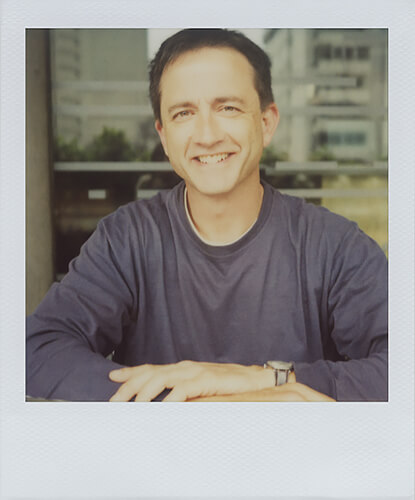Matthew James O’Brien is a photographer from San Francisco whose work celebrates humanity and the natural world. He studied zoology at the University of California at Berkeley. His understanding of the natural world informs his photography and his understanding of humanity.
Across all of his work, regardless of the medium, there is one unifying theme— finding beauty, in any circumstance. That could be in the inner-city schools of Oakland, rural Sinaloa, Mexico caught up in narco violence, the dying ranching community across the bay from San Francisco, or war-ravaged Colombia.
His work has been exhibited and collected by various institutions including the Library of Congress, the Houston Museum of Fine Arts, the California Museum of Photography, the Fries Museum (Netherlands), the Art Science Museum (Singapore) and el Museo de Arte Moderno de Cartagena (Colombia). Among the awards he has received are a Mother Jones International Fund for Documentary Photography Award, a Community Heritage Grant from the California Council for the Humanities, and a Fulbright Fellowship.
He was a Creative Uses Consultant for Polaroid, and has worked extensively with Polaroid films, including No Dar Papaya, his eleven-year exploration of Colombia, which became a book (Icono Editorial/Placer Press).
O’Brien also works with video, and teaches photography in English and Spanish. He has taught at UC Berkeley, the Universidad de Antioquia and the Universidad de Medellín in Colombia, among other places. His work has appeared in publications from The Washington Post to Camera Arts. His favorite clients to work with are NGO’s that work to make the world a better place.
Selected Books on

